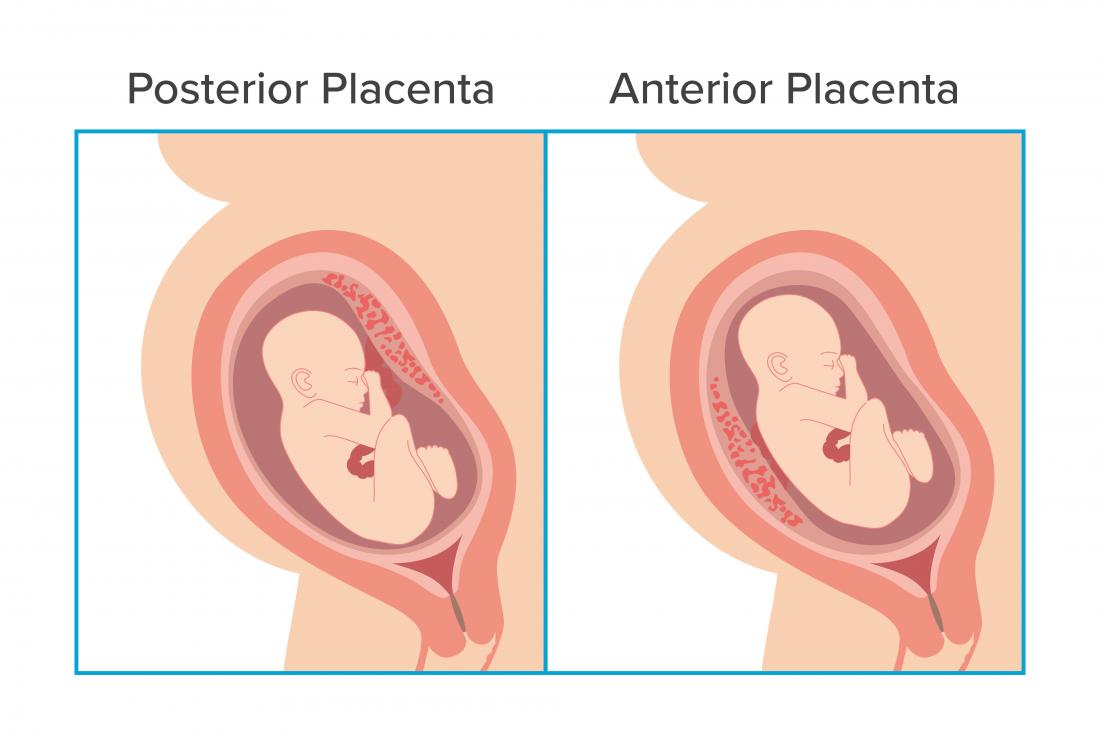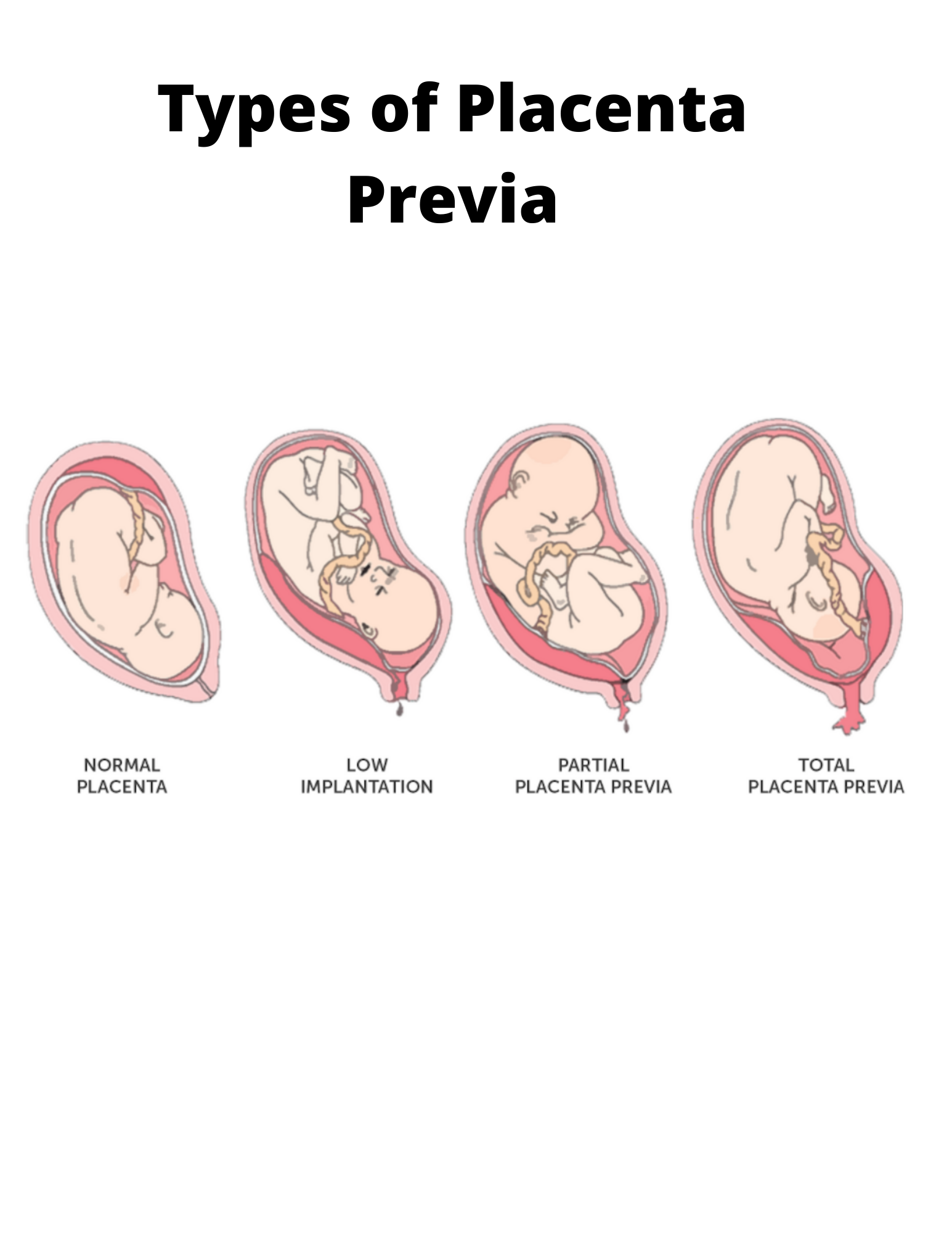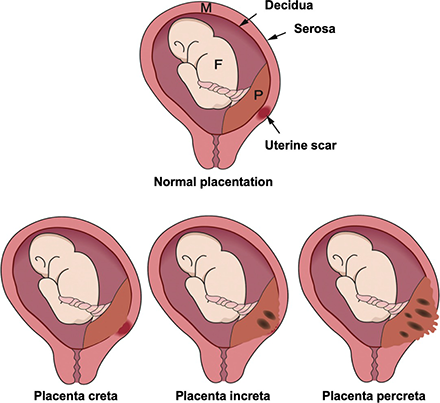Understanding Placenta Location: Implications for Pregnancy and Delivery – A Comprehensive Table Guide

Fundal: Refers to the top portion of the uterus, which is typically where the placenta is located during a normal pregnancy.
Anterior: Refers to the front wall of the uterus, which can be a location for the placenta to attach. An anterior placenta can sometimes make it more difficult to feel fetal movements from the outside.
Upper segment: Refers to the upper portion of the uterus, which is where the fetus usually grows during the later stages of pregnancy. This area is also where a low-lying or previa placenta can pose a risk of bleeding or complications.
Lower segment: Refers to the lower portion of the uterus, which can stretch and thin out during labor and delivery to allow the baby to pass through the cervix and into the birth canal. In some cases, a low-lying or previa placenta may cover or partially cover the cervix, making a vaginal delivery unsafe and requiring a cesarean section.
Types of Placenta Previa: Understanding Implications and Risks for Pregnancy and Delivery

There are three main types of placenta previa, which are classified based on the location of the placenta in relation to the cervix:
Complete placenta previa: This occurs when the placenta completely covers the cervix, blocking the baby’s path out of the uterus.
Partial placenta previa: This occurs when the placenta partially covers the cervix, but still allows some space for the baby to pass through.
Marginal placenta previa: This occurs when the placenta is located near the edge of the cervix, but not covering it.
Accreta Placentation: Understanding the Definition and Spectrum Disorders

Placenta accreta spectrum disorders refer to a range of abnormal placental attachments to the uterine wall. This condition occurs due to a failure of normal decidualization in an area of a previous uterine scar. There are three grades of placenta accreta spectrum disorders:
Placenta creta, where villous tissue adheres directly to the myometrium without invading the uterine wall
Placenta increta, where villous tissue invades the myometrium
Placenta percreta, where villous tissue invades the entire thickness of myometrium including the uterine serosa.
Leave a Reply